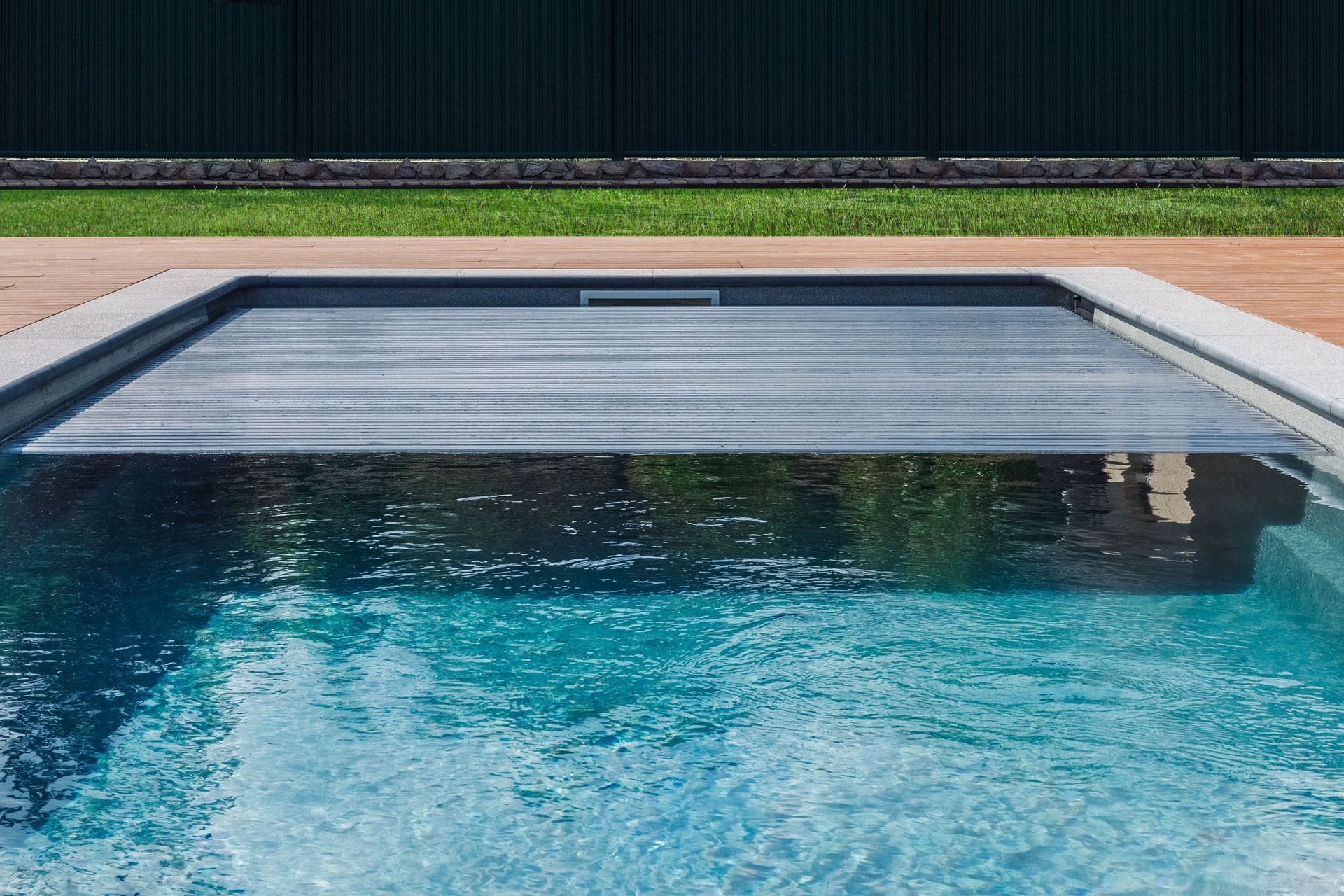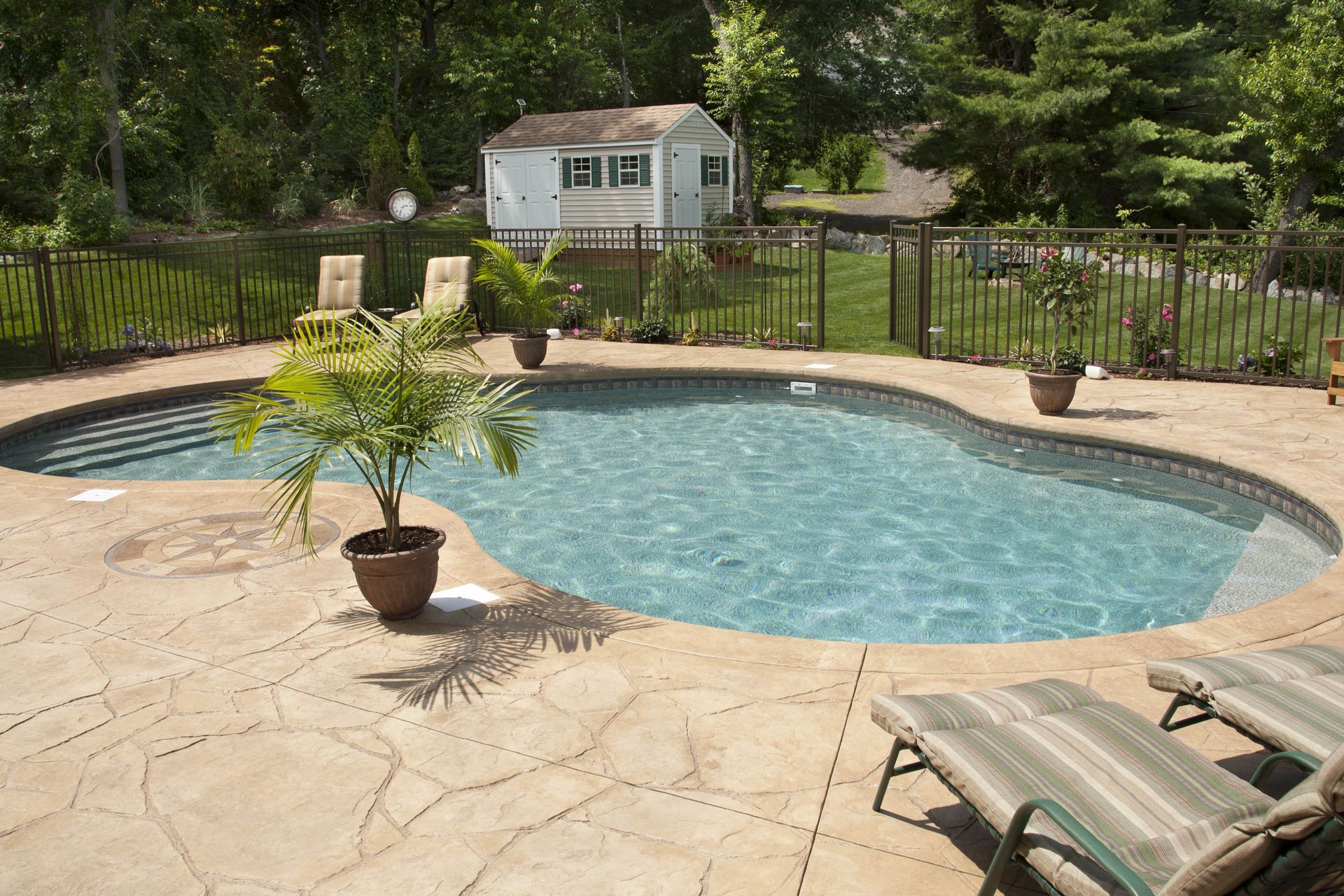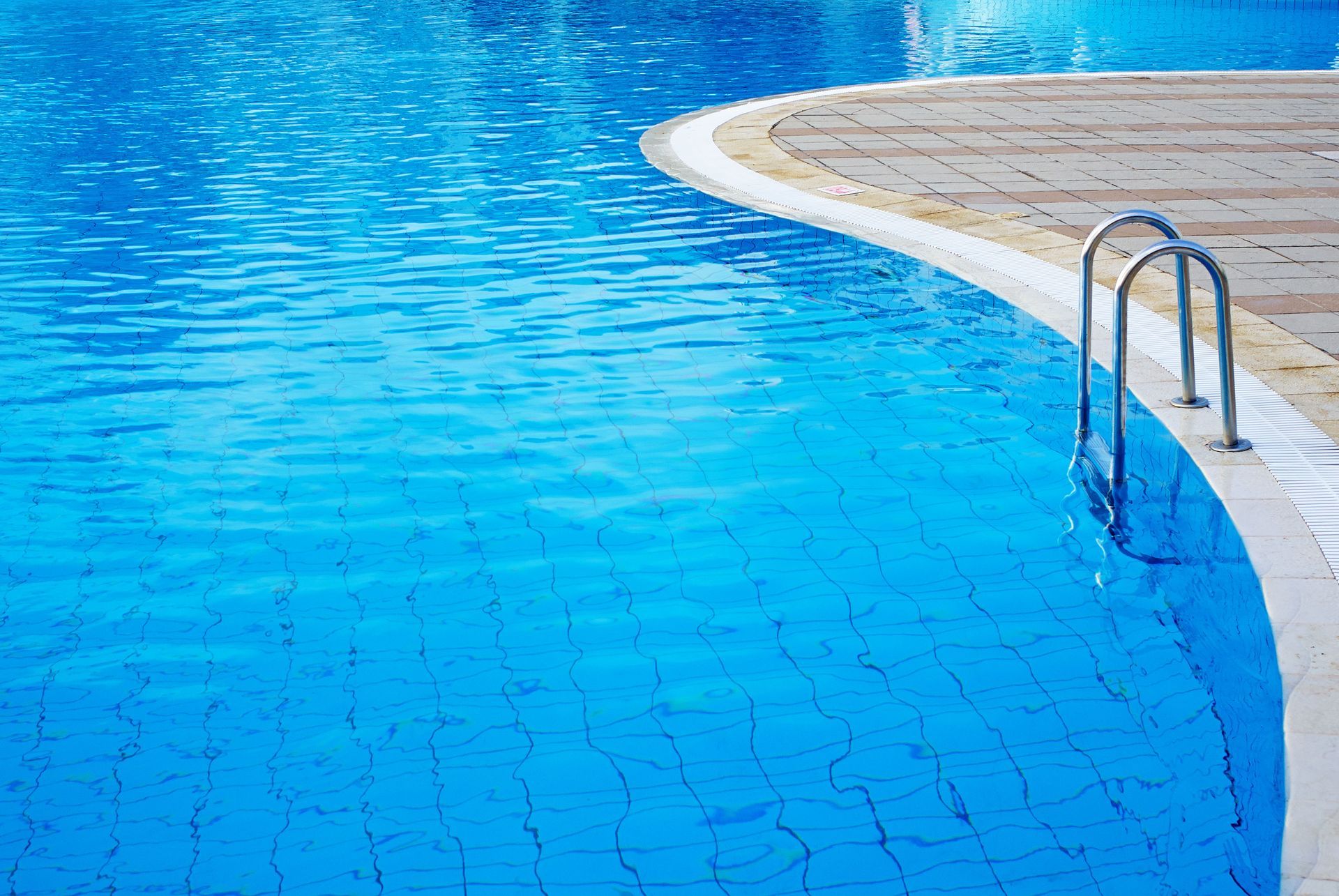5 Common Pool Problems That Replastering Can Fix
Owning a pool is a luxury that offers countless hours of recreation and relaxation. However, maintaining its pristine condition requires regular attention and care to ensure it remains a safe and enjoyable environment. Over time, pool surfaces can encounter several issues that not only mar the aesthetic appeal but can also impact the pool's functionality. Pool replastering, one of the most effective maintenance strategies, can revive your pool's look and extend its life. Here, we discuss five common pool surface problems that pool replastering can effectively address.
1. Cracks and Chips
Cracks and chips in the pool surface are among the most frequent problems faced by pool owners. These surface flaws can develop from ground movement, natural aging, or poor initial construction, and while they may start small, they can quickly expand if water seeps into the substrate. Not only do they make the pool look neglected, but they also pose structural risks if left untreated. Pool replastering addresses this by sealing damaged areas and applying a new, uniform plaster layer that helps strengthen the structure and improve visual appeal at the same time.
2. Staining
Stains on your pool's surface are not only unattractive but often signal deeper issues, such as metal buildup, algae growth, or pH imbalances in the water. These stains can be stubborn and nearly impossible to remove through basic cleaning methods alone. Left untreated, they can spread and permanently alter the color of the pool's interior. Pool replastering provides an opportunity to start fresh by eliminating the stained surface entirely and replacing it with a clean, new finish. When done after addressing the root cause of the staining, pool replastering ensures your pool remains cleaner and more manageable in the long run.
3. Rough Texture
As your pool surface ages, the once-smooth plaster can become coarse and abrasive. This deterioration can be due to chemical erosion, high calcium levels, or years of heavy use. A rough surface not only feels uncomfortable underfoot but can also cause minor scrapes or snag bathing suits, especially in children and frequent swimmers. Pool replastering resolves this issue by applying a fresh, even layer of plaster that restores the pool's silky smooth finish. A smoother surface is more inviting, easier to clean, and safer for all who use the pool.
4. Leaks
Even a small pool leak can lead to significant water loss over time, not to mention higher utility costs and potential damage to surrounding structures and landscaping. Many leaks originate from cracks or imperfections in the plaster layer, which gradually expand with repeated exposure to water pressure and environmental stress. Pool replastering helps to seal these micro-cracks and offers a watertight barrier, reducing the chances of future leaks. This not only preserves water levels but also protects pumps, filters, and other essential pool equipment from running dry or overworking.
5. Discoloration
With continuous exposure to sun, chemicals, and minerals in the water, the original vibrancy of a pool's surface can fade or develop uneven discoloration. While this may not impact the pool's functionality right away, it can significantly diminish the beauty and perceived value of your outdoor space. Whether you're hosting guests or relaxing solo, a worn or blotchy surface can make the entire area feel dated. Pool replastering offers an ideal solution by refreshing the surface with a smooth, uniform finish or even introducing a new color that suits your style. With approximately 10.7 million swimming pools in the U.S., according to Ruby Home, many homeowners are investing in updates that enhance both the appearance and longevity of their pools. Pool replastering allows for practical improvements while also creating a clean, inviting space that elevates your backyard experience.
From surface damage to fading finishes, pool replastering is a powerful tool in maintaining both the beauty and integrity of your pool. Whether you're dealing with structural concerns like leaks and cracks or cosmetic issues such as stains and rough textures, this process offers a reliable fix that can extend your pool's life by years. If you’ve noticed signs of surface deterioration or just want to refresh your pool's appearance,
pool replastering is a smart, long-term investment. By taking proactive steps now, you can continue to enjoy your pool safely and beautifully for many summers to come. If you want to keep your pool in great shape for years to come, call Advanced Plaster & Tile today!






Share On: